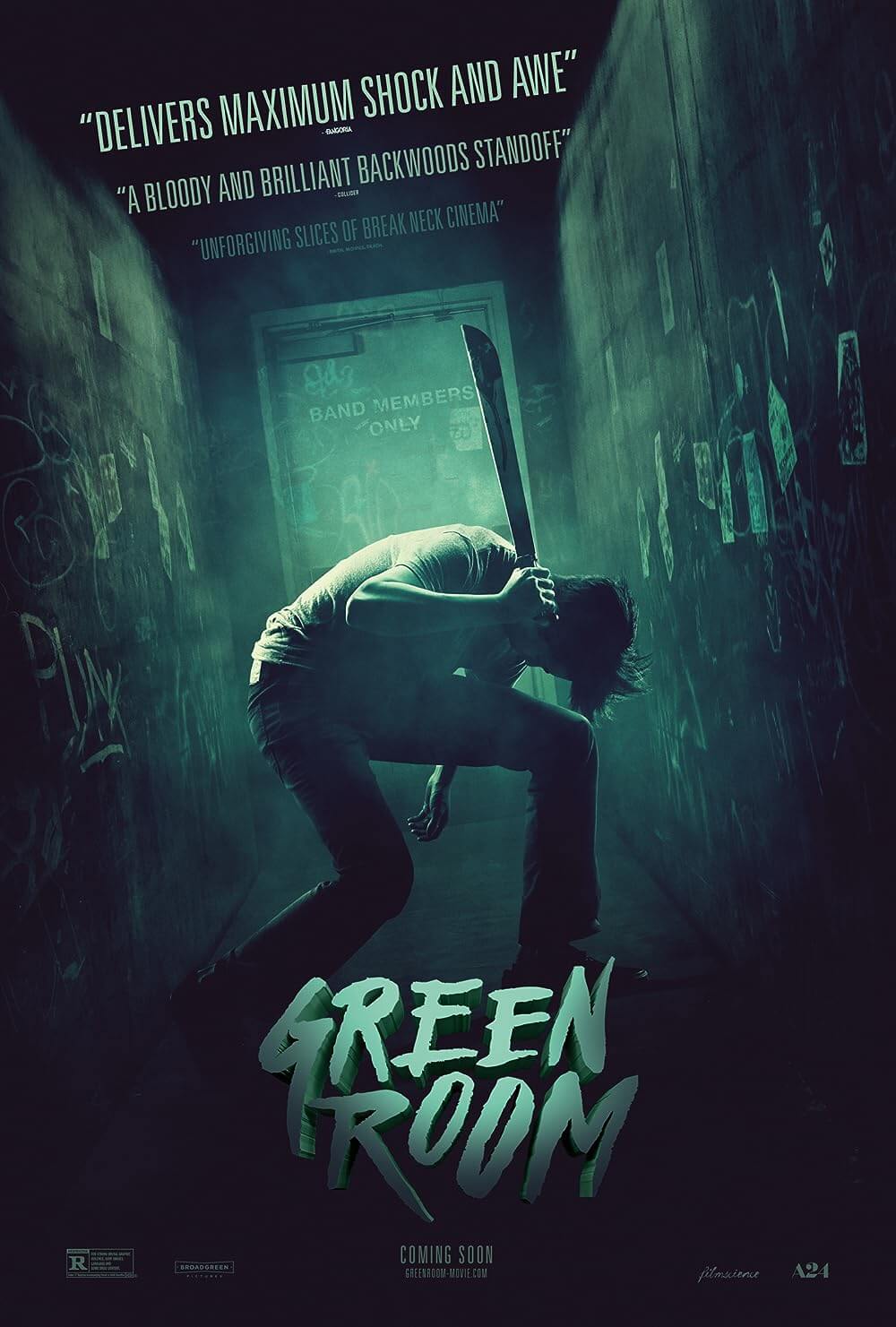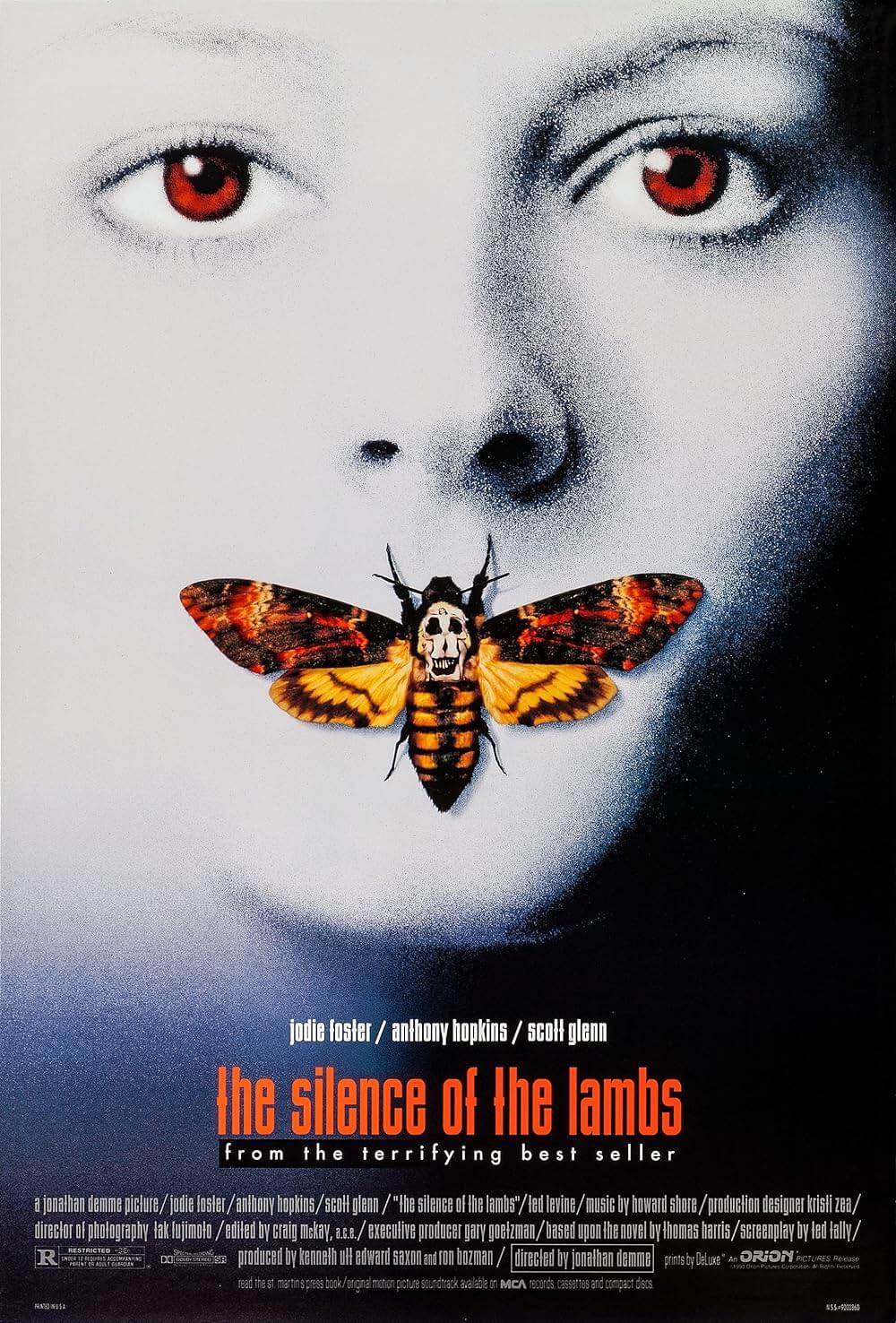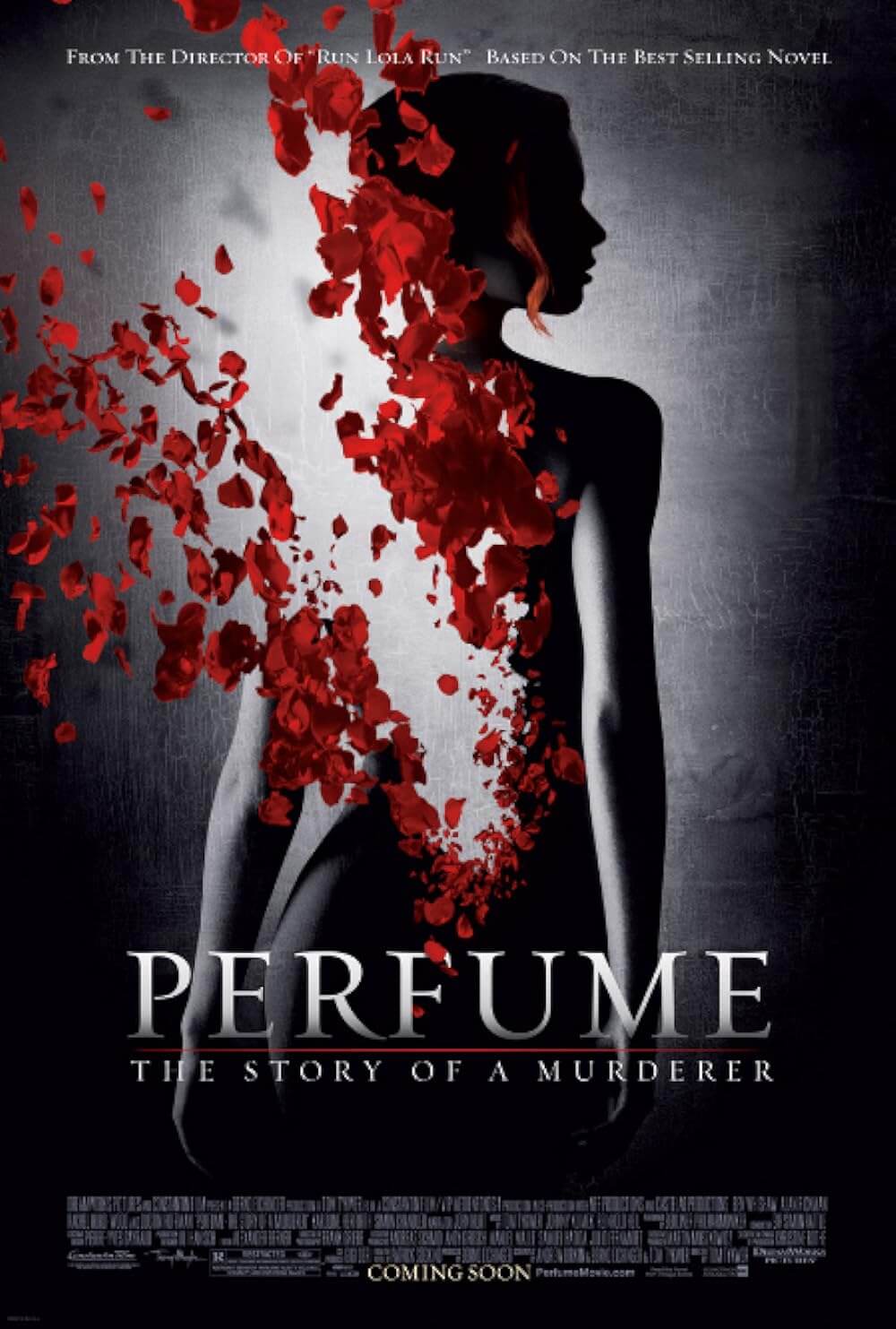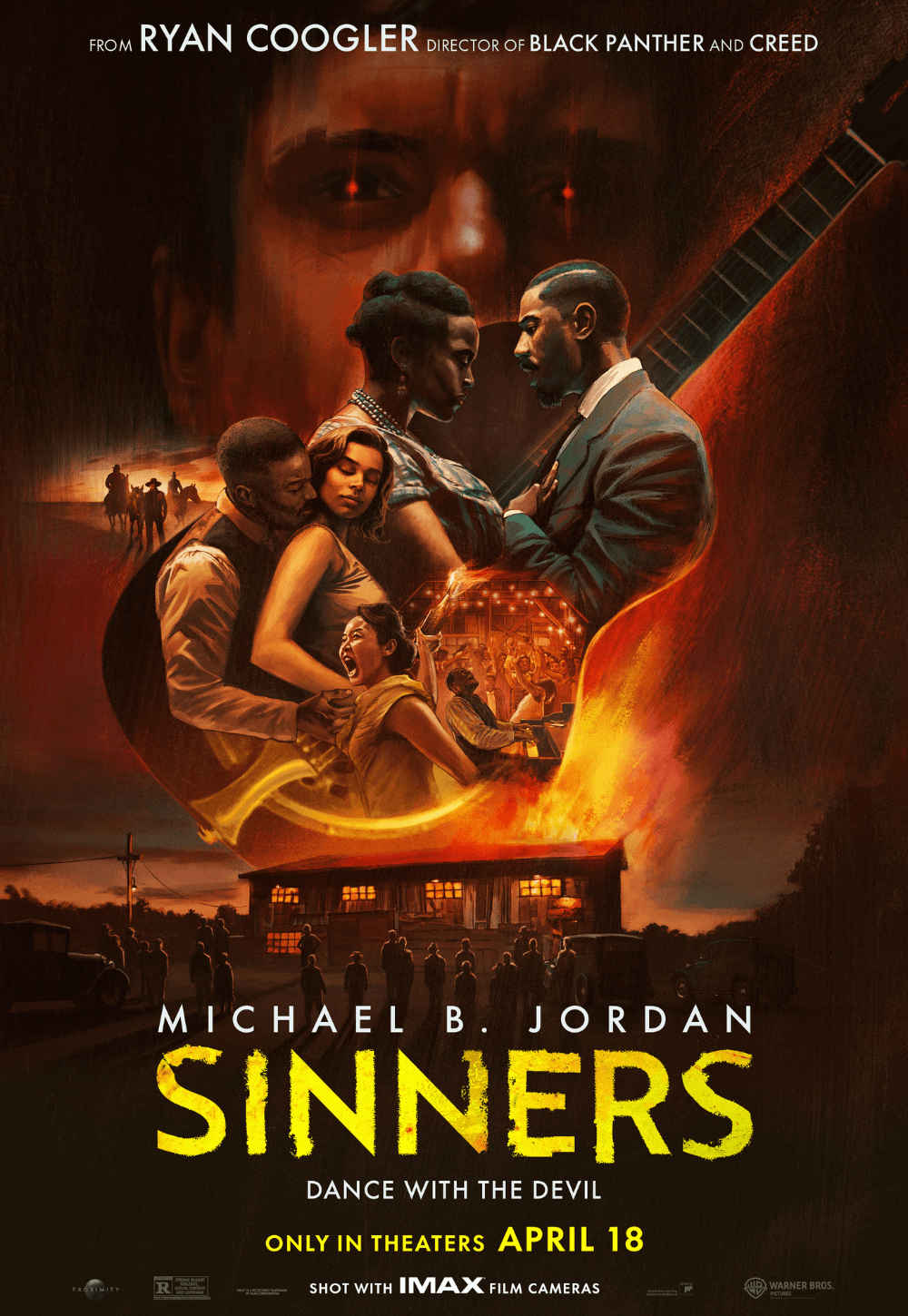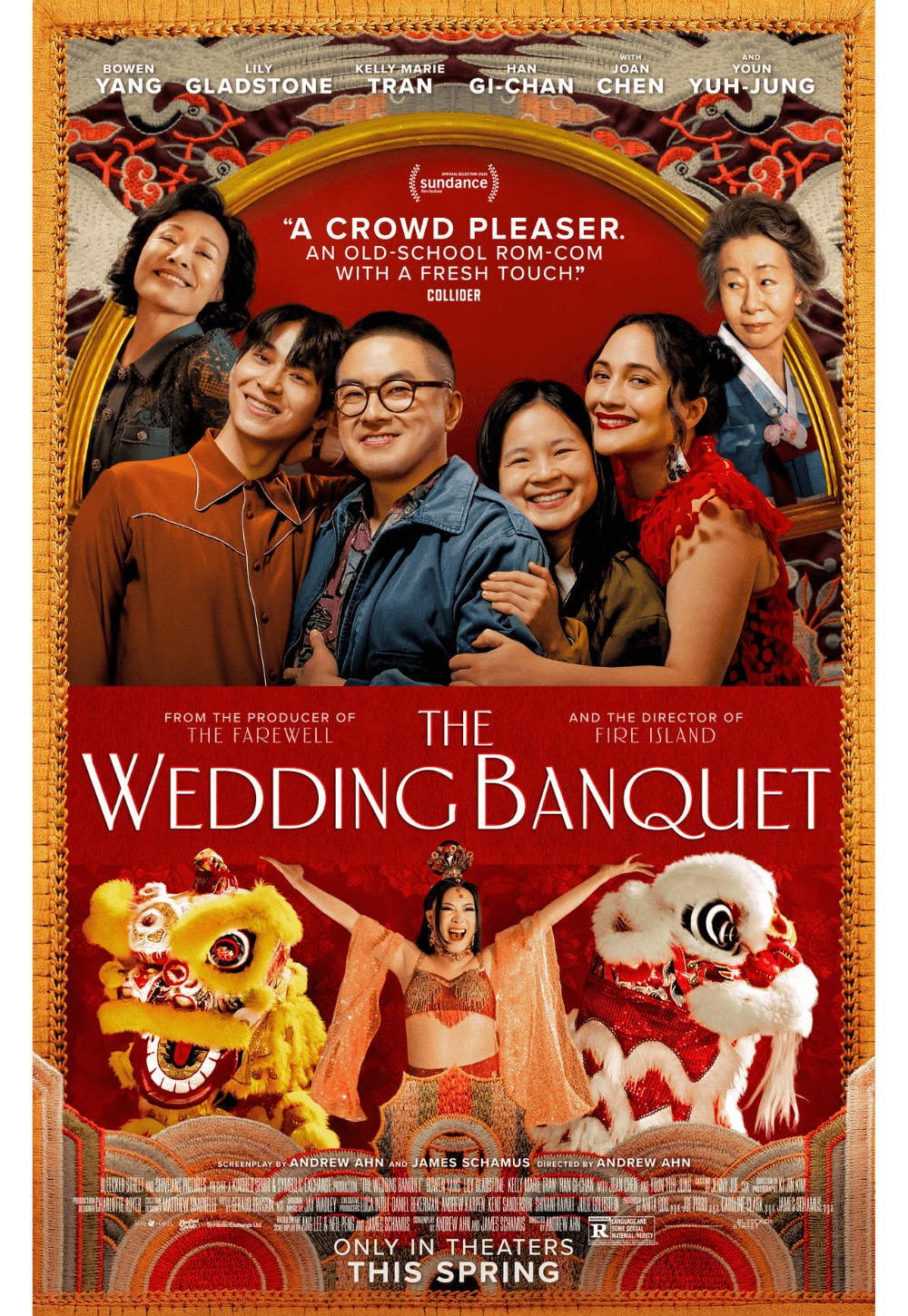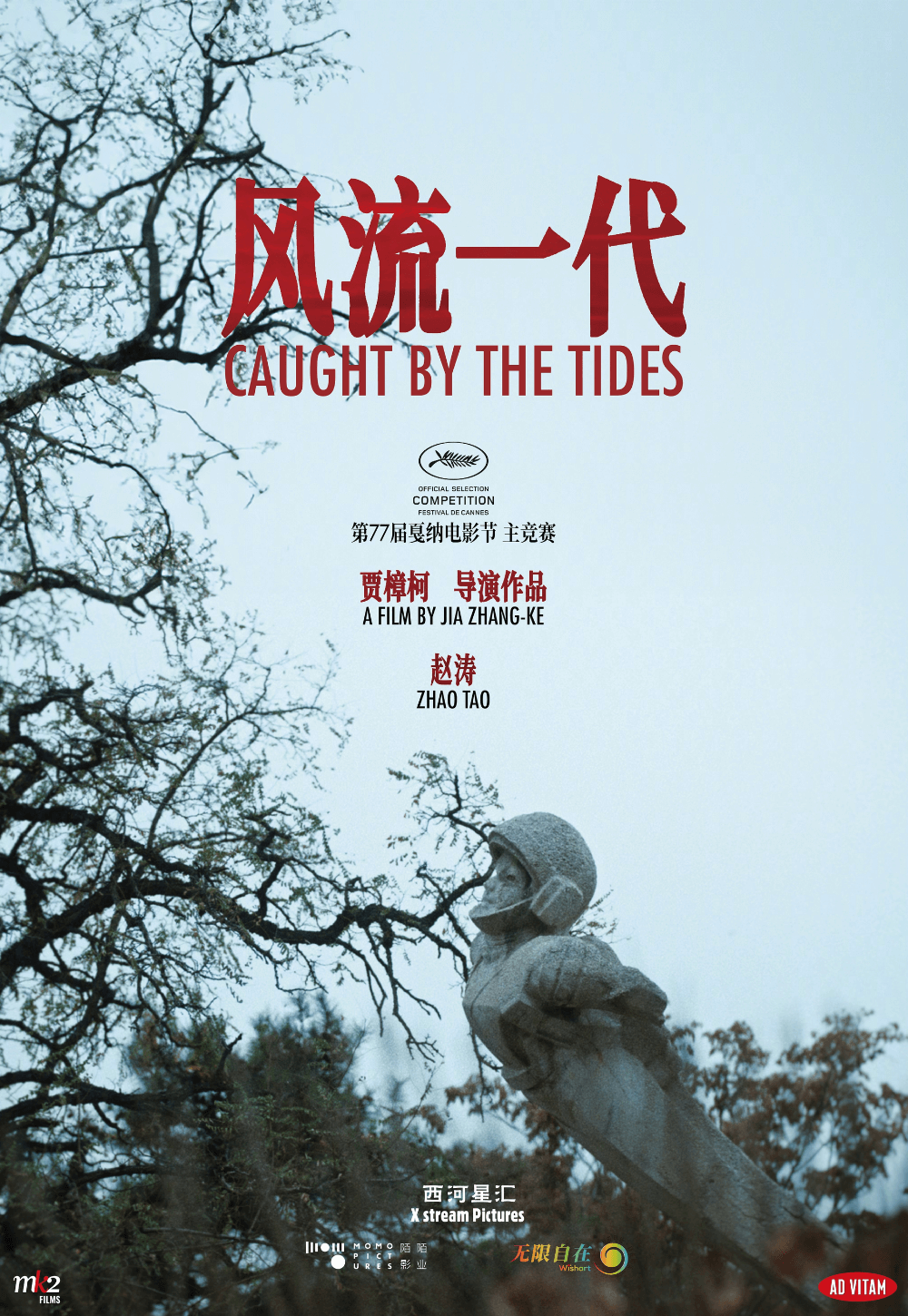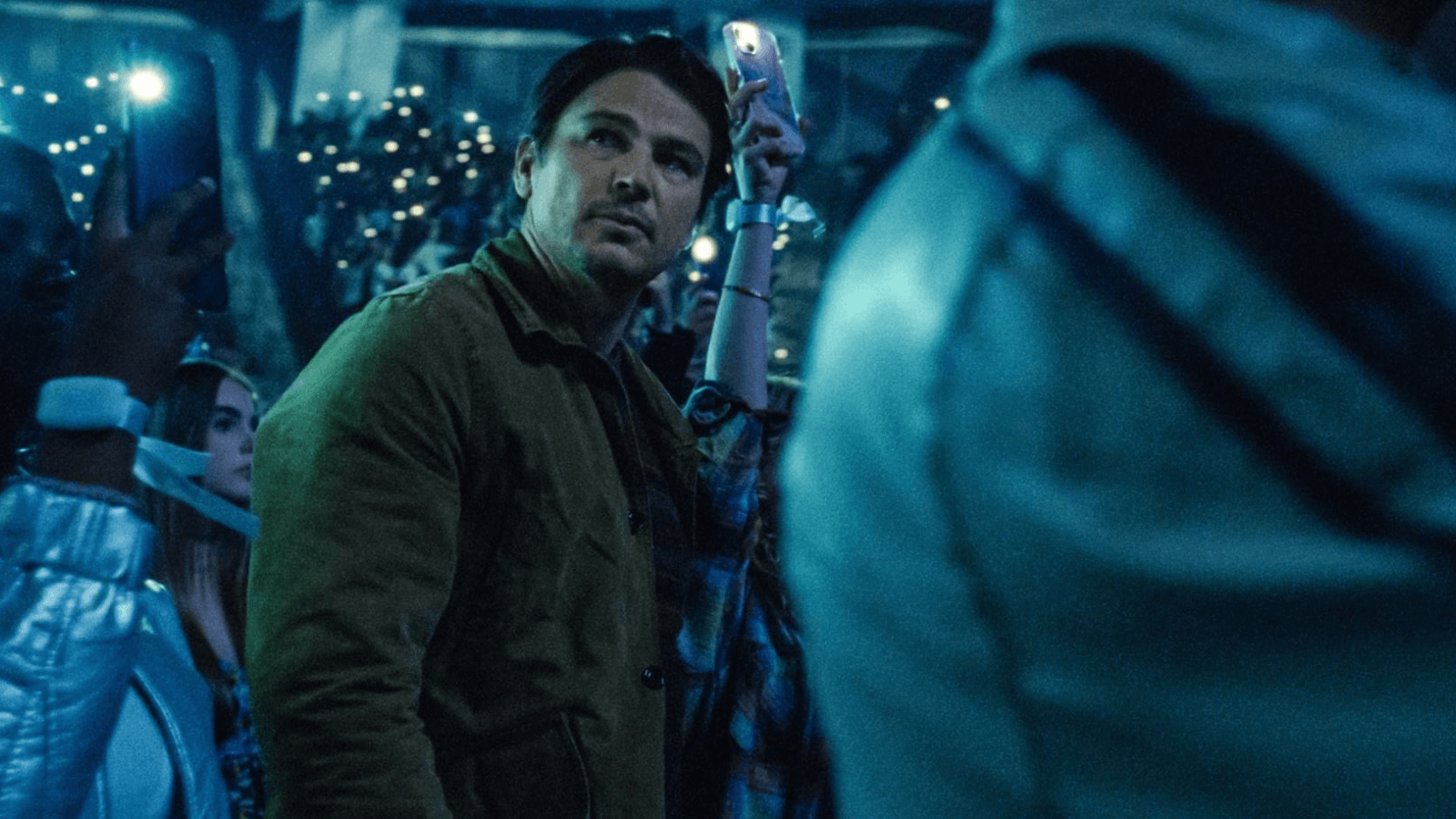
Trap
By Brian Eggert |
When M. Night Shyamalan first broke through in 1999 with The Sixth Sense, many critics called him the next Alfred Hitchcock. Roger Ebert, Owen Gleiberman, Janet Maslin, and Todd McCarthy made such comparisons in their reviews of his early films, including Unbreakable (2000). The connection never seemed apt to me. Hitchcock was not known for genre-themed thrillers, and little of Shyamalan’s subsequent work explored the same themes as the Master of Suspense or with the requisite skill. Rather, Shyamalan took on superheroes, aliens, fairy tales, mythology, eco-terror, and science fiction to varying degrees of success and disappointment. A more apt comparison would be to Stephen King, an author who remains a best-seller despite his consistent inability to end his pulpy fiction satisfyingly. To be sure, Shyamalan’s films often take off with an intriguing premise and start out exploring those ideas well, only to veer into unsatisfying directions and ultimately fail to stick the landing. That description could be applied to most of his output over the last quarter-century, and his latest, Trap, is no exception.
The scenario follows Cooper (Josh Hartnett), a family man leading a double life as a gruesome serial killer known as “The Butcher.” Early on, he realizes the pop concert he’s attending with his daughter Riley (Ariel Donoghue) is an elaborate FBI sting operation designed to catch him. Although many of Shyamalan’s other films don’t deserve to be called Hitchcockian, Trap earns the adjective. Hitchcock once described suspense this way: when the audience knows a bomb is about to go off, but no one onscreen does, filling the viewer with anticipation and tension over what will happen. Here, the audience immediately learns about Cooper’s true identity, instilling a dreadful suspense that he might be exposed and captured. It’s clever because, at the same time, we feel he should be caught. Yet, the writer-director remains with Cooper, bonding the audience with the villain in the same manner as Fritz Lang’s M (1931) and investing us in his fate. And given his film’s PG-13 rating, Shyamalan never shows the bloody outcome of The Butcher’s victims, allowing the audience to conveniently compartmentalize those troubling allusions.
Boasting a terrific central performance from Hartnett, whose gradual return to movies after a self-imposed hiatus is welcomed, Trap finds the actor playing two roles with Cooper—familiar stuff from the director of Split (2017). Most of the time, he appears like an average suburban guy, a firefighter who’s quick to offer a polite smile. As he struggles to locate a safe escape from the stadium, he increasingly behaves like a caged animal. His fatherly interactions with Riley and, especially, the employees at the concert arena, feel slightly forced—as though his outward normality is the act, whereas his sinister side is Cooper’s true identity. His twitching eyes and the occasional presence of his long-dead mother suggest Shyamalan has borrowed much from Norman Bates. The filmmaker has also been vocal about using some of the tactics on display in Taylor Swift’s Eras Tour as inspiration for the concert in Trap. Shyamalan’s daughter, Saleka Shyamalan, stars as Lady Raven, the pop star with thousands of screaming fans, Riley among them.
Armed with a novel concept, Trap leads to some thrilling cat-and-mouse situations. Cooper maintains his cool amid armed police officers and SWAT teams, who target middle-aged men based on a description provided by his Ahab-like profiler (Hayley Mills). This is when the film is at its best. However, somewhere in the second act, the proceedings leave the stadium and shift the dynamic. The focus shifts from Cooper to Lady Raven, and the young Shyamalan’s performance is rather wooden. But her father’s portrait of superstar behavior is amusing, as evident in Scott Mescudi’s brief appearance as an absurd diva. The introduction of Cooper’s family, including his generic wife Rachel (Alison Pill), also lacks much interest. If the final shot proves chilling, most of the last 45 minutes of this 105-minute feature releases the steam built up during the first hour, and I felt just as deflated watching it collapse. The situations gradually lose credibility, and the answers to questions established earlier prove unsatisfying.
Still, the film holds our interest throughout, even through its declining second half. As usual, Shyamalan’s production looks polished and convincingly recreates the look and feel of a concert venue—with Hamilton’s FirstOntario Centre interiors and Toronto’s Rogers Centre exteriors standing in for the director’s hometown of Philadelphia. Cinematographer Sayombhu Mukdeeprom, a frequent collaborator with directors Apichatpong Weerasethakul and Luca Guadagnino, lends Trap fluid camera movements and clear spatial geography. While the technical aspects remain assured, Shyamalan’s writing wobbles, sometimes deploying mannerist language that makes him seem like an alien trying to replicate how human beings speak to each other. It’s a quality that has destabilized some of his greatest ideas, from The Happening (2008) to The Visit (2015), suggesting he’s better at ideating than executing.
Inspired by a real-life FBI sting from 1985 called Operation Flagship, where authorities lured a cross-section of fugitives to a convention center on the promise of Super Bowl tickets, Trap might have been more compelling had Shyamalan committed to the setup and remained within the stadium setting. This is a recurring complaint I have about his storytelling, which often finds characters restricted or isolated to a single location—see The Visit, Split, Old (2021), and Knock at the Cabin (2023)—only to lose the sense of claustrophobia that makes the initial idea so effective. Although Trap peters out in a manner that so many Shyamalan movies—and King books—often do, moviegoers seeking a few thrills or just wanting to see Hartnett play a juicy role will have fun, even though this recommendation is mild, and this critic is somewhat disappointed by where the story goes.
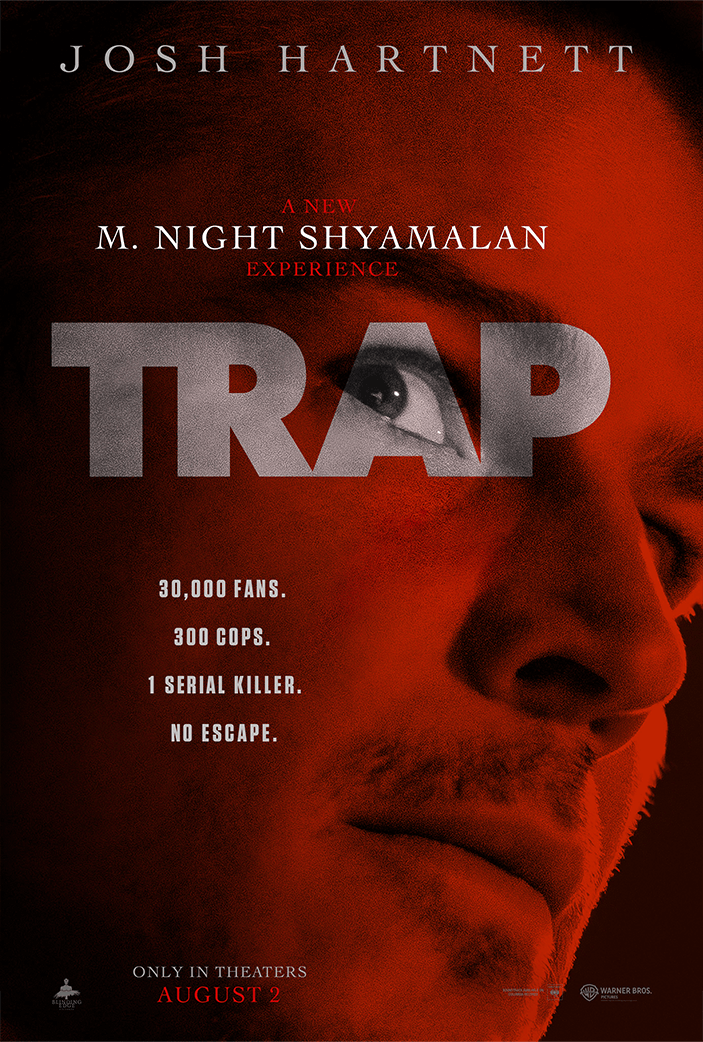
Consider Supporting Deep Focus Review
I hope you’re enjoying the independent film criticism on Deep Focus Review. Whether you’re a regular reader or just occasionally stop by, please consider supporting Deep Focus Review on Patreon or making a donation. Since 2007, my critical analysis and in-depth reviews have been free from outside influence. Becoming a Patron gives you access to exclusive reviews and essays before anyone else, and you’ll also be a member of a vibrant community of movie lovers. Plus, your contributions help me maintain the site, access research materials, and ensure Deep Focus Review keeps going strong.
If you enjoy my work, please consider joining me on Patreon or showing your support in other ways.
Thank you for your readership!
Brian Eggert | Critic, Founder
Deep Focus Review


